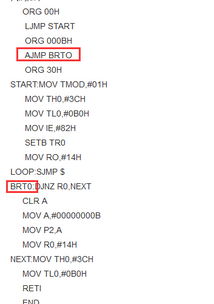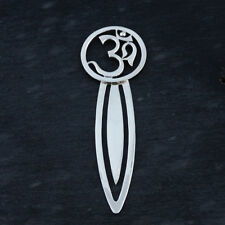
Define Om Symbol: A Comprehensive Guide
The Om symbol, often depicted as a three-part sound, is a significant and widely recognized symbol in Hinduism, Buddhism, and other Eastern religions. It is not just a symbol but a representation of the universe and the essence of existence. In this article, we will delve into the various dimensions of the Om symbol, exploring its origins, meanings, and its significance in different cultures.
Origins of the Om Symbol

The Om symbol has its roots in ancient India, where it is considered to be one of the oldest symbols in the world. It is believed to have originated from the Vedic period, around 1500-500 BCE. The symbol is often found in ancient texts, such as the Rigveda, one of the oldest sacred texts in Hinduism.
Historically, the Om symbol was used as a mantra, a word or phrase repeated to aid in meditation and spiritual practice. The sound of Om is considered to be the primordial sound from which the universe was created. It is believed to be the sound of the universe, the sound of the infinite, and the sound of the divine.
Meanings of the Om Symbol

The Om symbol is rich in meaning and symbolism. Here are some of the key interpretations:
-
Divinity: Om is considered to be the sound of the divine. It represents the presence of the divine in all things and is often used as a way to invoke the divine presence in meditation and spiritual practice.
-
Creation: The Om symbol is believed to represent the creation of the universe. The three parts of the symbol are often interpreted as the past, present, and future, or as the beginning, middle, and end of the universe.
-
Unity: Om is a symbol of unity and oneness. It represents the interconnectedness of all things and the unity of the individual soul with the divine.
-
Balance: The Om symbol is also associated with balance and harmony. It represents the balance between the physical and spiritual worlds, as well as the balance between the different aspects of the self.
Om Symbol in Different Cultures

The Om symbol is not limited to Hinduism and Buddhism. It has also been adopted by other cultures and religions, each with its own interpretation and significance.
In Hinduism, the Om symbol is considered to be the most sacred sound and is often used in rituals and ceremonies. It is also found in many Hindu temples and homes, where it is believed to bring good luck and protection.
In Buddhism, the Om symbol is often used in meditation and is considered to be a representation of the Buddha’s teachings. It is also found in many Buddhist temples and artworks.
In Jainism, the Om symbol is considered to be a representation of the soul and is often used in meditation and spiritual practice.
In Sikhism, the Om symbol is considered to be a representation of the divine and is often used in rituals and ceremonies.
Om Symbol in Modern Culture
In modern times, the Om symbol has become increasingly popular in the Western world. It is often used as a symbol of spirituality and mindfulness. It can be found on jewelry, clothing, and various other items.
The Om symbol has also been adopted by various movements and organizations that promote mindfulness, meditation, and spiritual growth.
Conclusion
The Om symbol is a powerful and multifaceted symbol that has deep roots in Eastern religions and cultures. Its origins, meanings, and significance are diverse and complex, reflecting the rich tapestry of human spirituality. Whether used in meditation, rituals, or as a symbol of spiritual growth, the Om symbol continues to be a source of inspiration and guidance for many.






